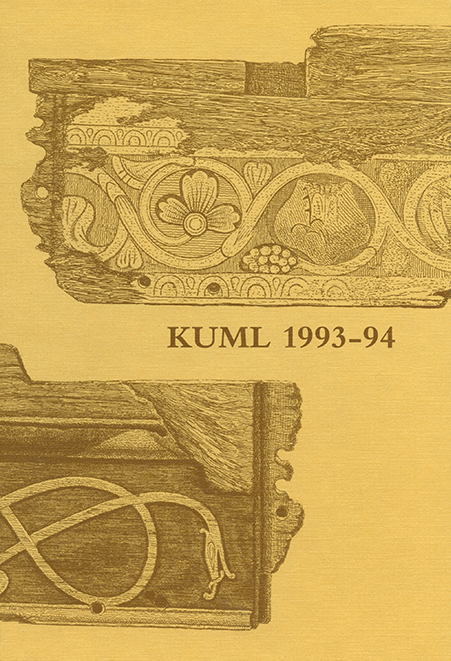Ertebøllebåde fra Lystrup
Downloads
Publiceret
1994-01-02
Citation/Eksport
Andersen, S. H., & Liversage, D. (1994). Ertebøllebåde fra Lystrup. Kuml, 39(39), 7–38. https://doi.org/10.7146/kuml.v39i39.111960
Nummer
Sektion
Artikler
Licens
Fra og med årgang 2022 er artikler udgivet i Kuml med en licens fra Creative Commons (CC BY-NC-SA 4.0).
Alle tidligere årgange af tidsskriftet er ikke udgivet med en licens fra Creative Commons.


